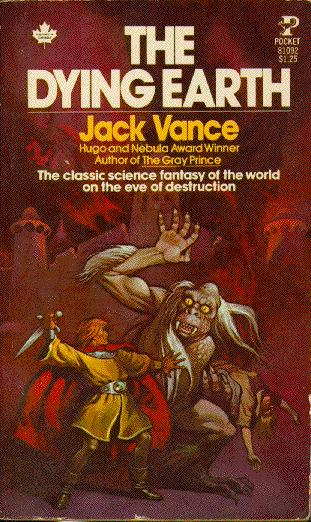
[I was going to post something else entirely today—something light and fun—but I ran into some technical issues, and in any case this past weekend’s comments and page views indicate y’all would rather talk about Seth Oelbaum. So let’s talk more about Seth Oelbaum! As well as talking about Seth Oelbaum.]
Mike Meginnis’s recent post, and his follow-up comments below, clearly express his desire to pronounce some final word on “the Seth Oelbaum question” (as Reynard Seifert so cleverly phrased it), and put it all behind us. I have the highest respect for Mike as a writer and as a friend, and I understand his frustration, but I don’t think critique works that way, or should ever work that way. The price of being able to criticize is constant reappraisal, and not being able to declare conversations over.
In my comments on Seth’s last post (here, here, & here), I stated my concern that I’d said all I had to say about his writing here, was starting to repeat myself. But Mike’s post and the ensuing conversation caused me to return to certain aspects of it, and think up some new thoughts. (Surprising, I know, that I would find I had more to say.) So this is my attempt to lay out my thinking as clearly as I can. I hope you’ll add your own thoughts in the comments section below, if so inclined.
First, let’s agree that Seth’s writing is (perhaps deliberately?) somewhat inscrutable. Seth’s penchant for opacity hasn’t made it easy for people to figure out what he’s up to, even as near everyone agrees that the writing is offensive. Seth has also demonstrated little willingness to engage directly and openly with his growing ranks of critics, preferring instead to double down on his shtick.
I’ve read everything Seth has posted here (multiple times), and many of his posts at Bambi Muse, and a fair amount of his poetry. (Peter Jurmu just gave me a copy of Artifice #5, which contains some sonnets by Seth.) And while I certainly may be wrong in my interpretation, I think I understand part of what Seth is up to. (I’ve said some of this already, but please bear with me.) Forced to summarize, I’d say that Seth is appalled by how the suffering of certain people is privileged over the suffering of others. Thus he was enraged when the US media devoted extensive coverage to the Boston bombings, while it has remained relatively silent regarding the ongoing bomb-heavy conflict in Syria. He’s also enraged when Hollywood regards the Holocaust as an atrocity the Nazis did exclusively to the Jews, ignoring the simultaneous slaughter of the disabled, homosexuals, the Roma, among many others.
If this is indeed Seth’s point, then I don’t find it controversial; nor, I imagine, would you (at least in general—let’s acknowledge that Seth is not one for finer details). If one opposes massacres, then one should oppose all massacres. As such, the US media deserves criticism for privileging certain ones over others. Similarly, we ourselves are at fault when we disregard the suffering of others. We would do well to wonder how and why the world got to be like this, and what we can do to change it.
Meanwhile, we might also say: “Seth Oelbaum, you’re barking up the wrong blog! We’ve already read Karl Marx and Hannah Arendt and Noam Chomsky, and we know what you’re trying to say and already agree with you (even if we find repulsive your way of putting it)! Go post at Little Green Footballs or some other conservative blog, or at least change your shtick to acknowledge that we’re not the audience you’ve mistakenly judged us to be!”
The problem, however, is that this is not the entirety of Seth’s message. The fact that Seth keeps posting here—doubling down—indicates that Seth does not believe that we are “the wrong audience.” Furthermore, from what I’ve heard (and this is hearsay, but I’m inclined for now to believe it), “Seth is always like this”—anywhere he goes, anytime of the day, he’s always “on.” Seth has responded to total war with total abhorrence to war. And while that might not make him the most charming dinner companion (or party guest, as Mike put it), it does suggest a bit more about his motivations. Because I think Seth’s primary goal is to make other people suffer.
READ MORE >








